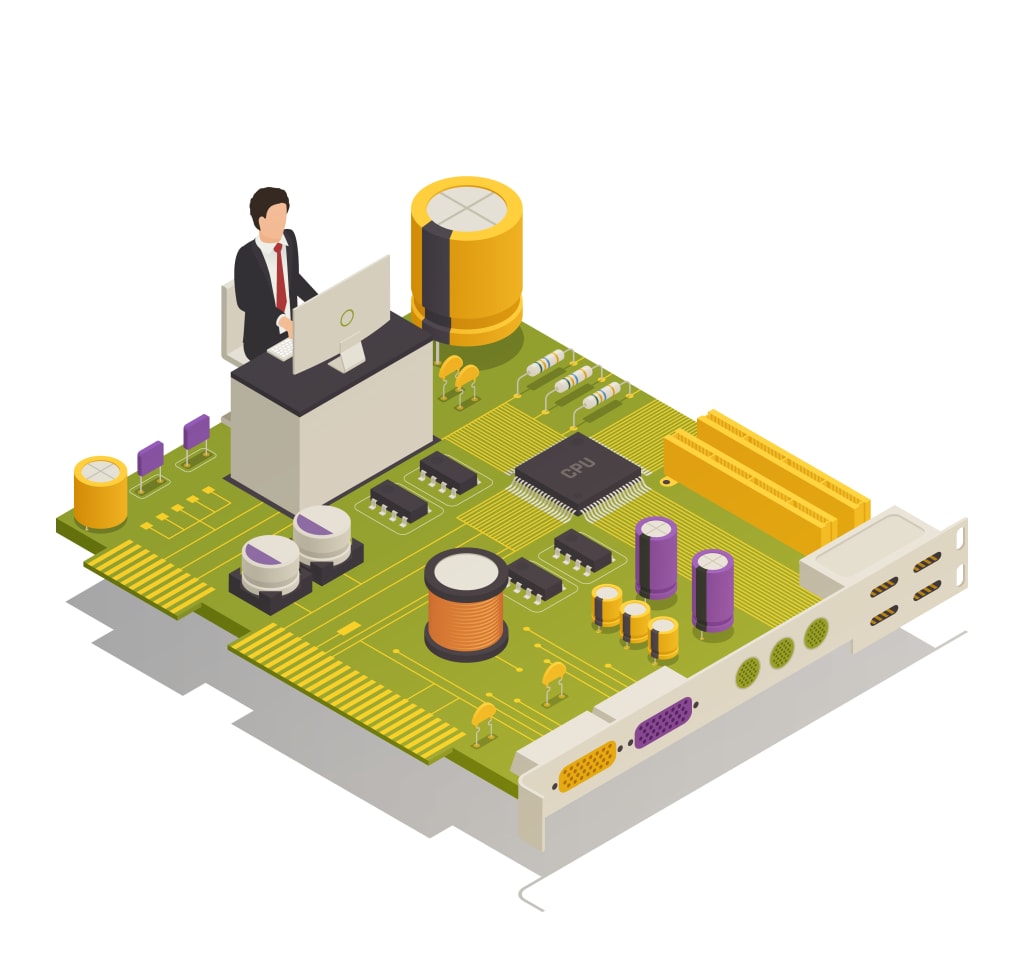Edge Computing and Fog Computing for Embedded Systems
Embedded Systems

In today's connected world, where devices and systems are becoming increasingly interconnected, the demand for efficient and real-time data processing is on the rise. Edge computing and fog computing have emerged as two prominent paradigms that address the challenges associated with latency, bandwidth limitations, and the need for localized processing. This article delves into the concepts of edge computing and fog computing, their applications in embedded systems, and their potential impact on the future.
Introduction
In the age of the Internet of Things (IoT) and rapid digital transformation, traditional cloud computing models face limitations when it comes to processing and analyzing data in real-time. Edge computing and fog computing offer alternative approaches to overcome these limitations by bringing computational power closer to the data source. By doing so, they enable faster response times, reduced network congestion, and enhanced privacy and security.
What is Edge Computing?
Definition and Concept
Edge computing involves processing and analyzing data at or near the edge of the network, closer to the data source or device generating it. It aims to minimize data transfer to centralized cloud servers and instead performs computations locally or in nearby edge servers. This approach reduces latency, optimizes bandwidth usage, and enhances the overall efficiency of the system.
Advantages and Benefits
Edge computing offers several advantages, including reduced latency, improved reliability, enhanced data privacy, and the ability to operate in disconnected or low-connectivity environments. By processing data locally, edge computing enables real-time decision-making, critical for applications such as autonomous vehicles, industrial automation, and smart cities.
Use Cases
Edge computing finds applications in various industries, including healthcare, transportation, manufacturing, and retail. Examples include remote patient monitoring, predictive maintenance in industrial settings, and real-time inventory management in retail stores.
What is Fog Computing?
Definition and Concept
Fog computing is an extension of the edge computing paradigm that focuses on the efficient utilization of resources within a distributed computing infrastructure. It involves the deployment of intermediate computing nodes, called fog nodes or fog servers, between edge devices and centralized cloud servers. These fog nodes perform computational tasks, provide storage, and enable data processing closer to the edge.
Advantages and Benefits
Fog computing offers several advantages in addition to those provided by edge computing. It enables efficient resource utilization, reduces network congestion, and enhances scalability. By distributing computing tasks across fog nodes, it offloads processing burden from edge devices and ensures better performance and reliability. Fog computing also supports dynamic decision-making by allowing real-time data analysis and response at the network edge.
Use Cases
Fog computing finds applications in various scenarios where low latency, real-time analytics, and distributed computing are crucial. Some examples include smart grid management, intelligent transportation systems, and video surveillance. In a smart grid, fog computing can analyze energy consumption data from multiple sources to optimize energy distribution and reduce waste. In transportation systems, fog computing can enable real-time traffic monitoring and adaptive traffic signal control, improving overall efficiency.
Embedded Systems and Edge/Fog Computing
Overview of Embedded Systems
Embedded systems are specialized computer systems designed to perform specific functions within larger systems or devices. They are often found in devices such as industrial machinery, medical devices, and consumer electronics. Embedded systems require efficient processing and real-time responsiveness while operating within resource constraints.
Challenges and Limitations
Embedded systems face challenges when it comes to processing and analyzing data due to their limited computational power and memory. Traditional cloud-based approaches may not be suitable for embedded systems, especially in applications that demand low latency and real-time decision-making.
Conclusion
Edge computing and fog computing are revolutionizing the way data is processed and analyzed in embedded systems. By bringing computational power closer to the data source, these paradigms offer improved performance, reduced latency, and enhanced scalability. In the context of embedded systems, edge and fog computing enable real-time decision-making, efficient resource utilization, and seamless integration of devices. As technology continues to advance, the integration of edge and fog computing will play a pivotal role in shaping the future of embedded systems and enabling innovative applications across various industries.
About the Creator
Rehana Atar
SEO Expert and content writer
Enjoyed the story? Support the Creator.
Subscribe for free to receive all their stories in your feed. You could also pledge your support or give them a one-off tip, letting them know you appreciate their work.






Comments
There are no comments for this story
Be the first to respond and start the conversation.